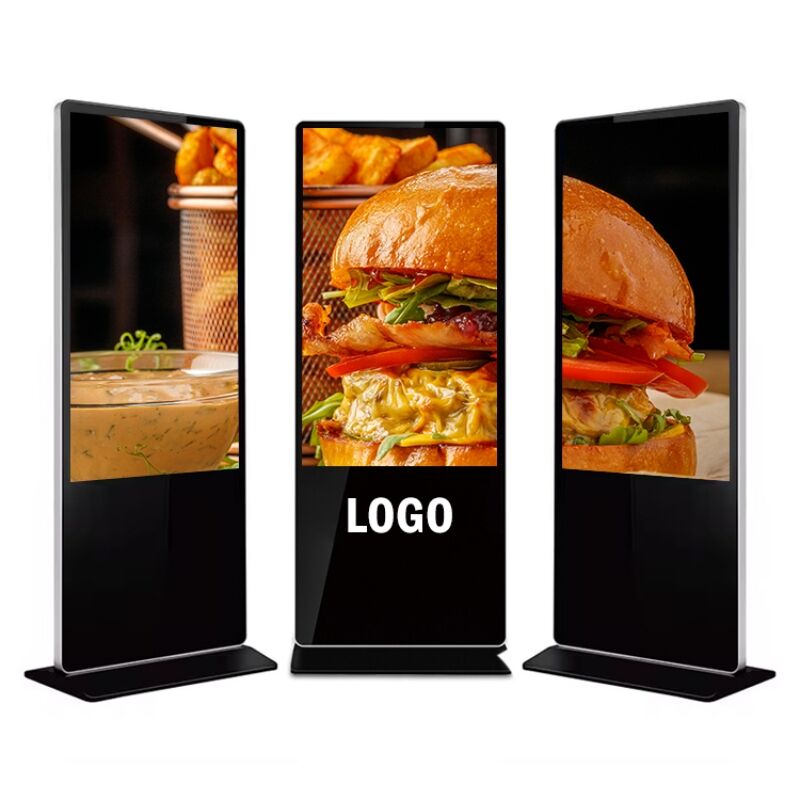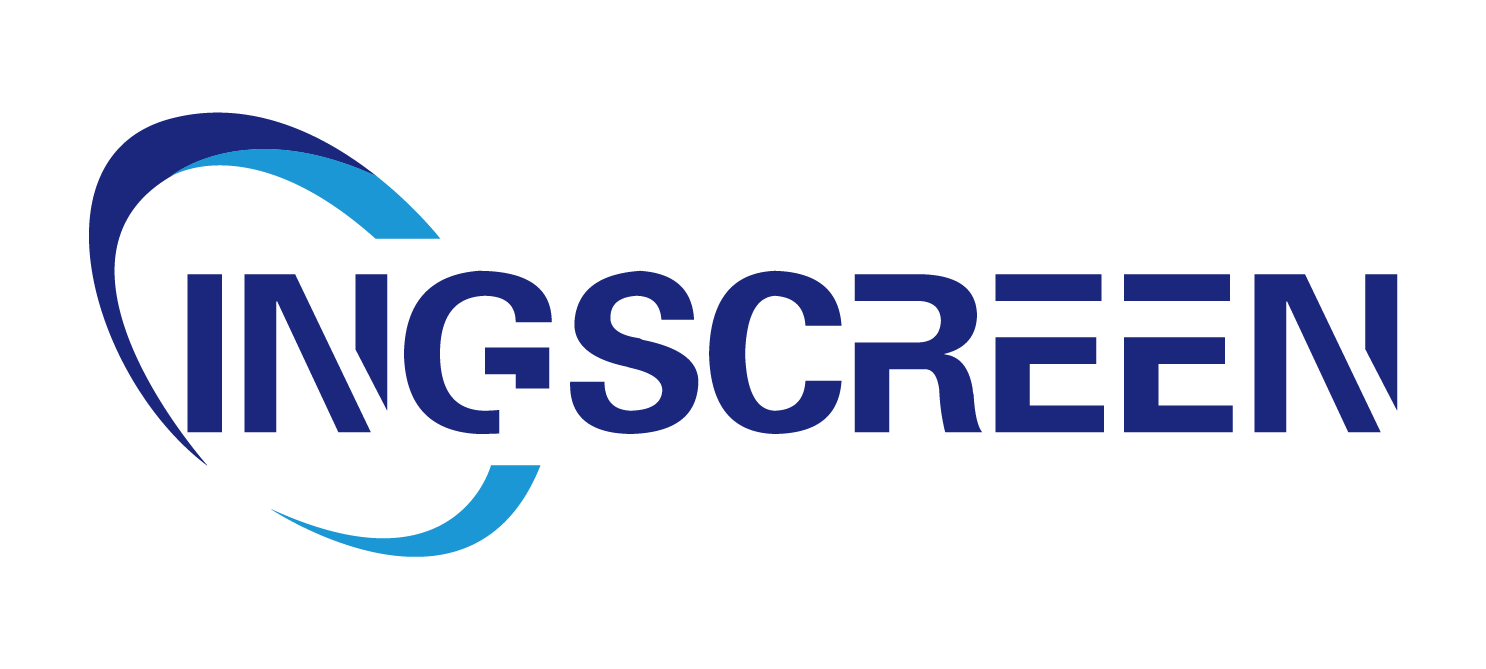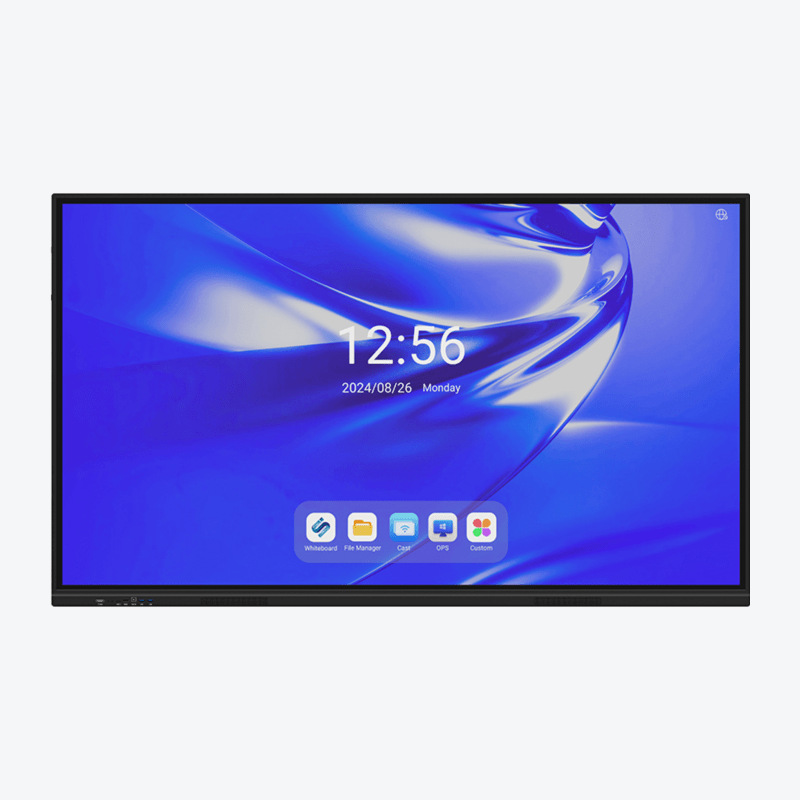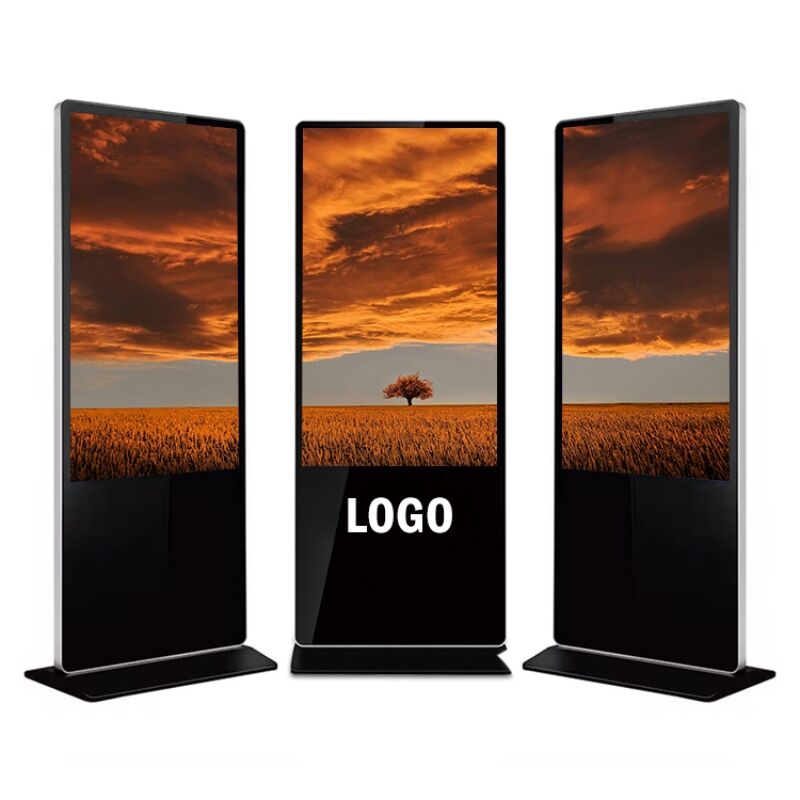Energy-Efficient Technologies in Sustainable Kiosks
Advanced LED Lighting Systems
Implementing advanced LED lighting systems is a key strategy for creating energy-saving kiosks. LED technology is renowned for its efficiency, consuming up to 75% less energy than traditional incandescent bulbs. This remarkable reduction in energy consumption not only leads to significant cost savings for kiosk operators but also supports a sustainable business model. Moreover, LEDs boast a longer lifespan of up to 25,000 hours, significantly reducing the frequency of replacements and maintenance expenses. By embracing smart LED systems that can dynamically adjust lighting based on natural light conditions, kiosk operators can further optimize energy usage and reduce their environmental impact.
Energy Star-Certified Components
Incorporating Energy Star-certified components into kiosks is another effective approach to enhancing energy efficiency. These components promise at least 20% more efficiency compared to non-certified models, making them a smart choice for environmentally-conscious businesses. By utilizing equipment that meets Energy Star standards, businesses not only boost their credibility among eco-conscious consumers and partners but also enjoy substantial energy savings. In fact, evidence suggests that widespread adoption of Energy Star-rated products could result in annual energy savings of up to $30 billion across the United States. This economic advantage underscores the benefits of integrating certified components into sustainable kiosk designs.
Remote Maintenance Reducing Service Trips
Adopting remote maintenance technology is a crucial aspect of modern, sustainable kiosk management. By employing remote diagnostics, businesses can predict potential problems, thereby reducing the necessity for physical service trips and cutting down on operational costs. This technological advancement not only enhances efficiency but also significantly lowers carbon emissions associated with transportation. The integration of IoT technologies in kiosks plays a pivotal role in achieving this, as it improves uptime by approximately 30%, ensuring more consistent service delivery and enhancing the user experience.
Revolutionizing Kiosk Design Through Circular Economy
Recycled Aluminum and Bioplastics
Incorporating recycled aluminum and bioplastics into kiosk design not only supports sustainable practices but also drastically reduces environmental impact. Utilizing recycled aluminum can cut down energy consumption by 95% compared to producing new aluminum, significantly lowering the carbon footprint of kiosk construction. Additionally, bioplastics, which are derived from renewable sources, provide a sustainable alternative to conventional plastics, further minimizing environmental harm. The increasing market demand for recycled materials is a testament to the growing trend towards a circular economy in manufacturing, which prioritizes resource efficiency and waste reduction.
Modular Construction for Future-Proofing
Adopting modular construction techniques is a strategic move toward durable and adaptable kiosk design. Modular construction allows for easy upgrades and customization, effectively extending the lifespan of kiosks. This approach aligns with circular economy principles by minimizing waste during production and installation. Companies benefit from a reduction in construction time by up to 50%, which enhances project efficiency and reduces overall costs. By embracing modular designs, kiosk manufacturers can remain adaptable to ongoing technological advancements and changing market demands, ensuring their solutions remain relevant and cost-effective.
Remanufacturing Programs
Remanufacturing programs present an innovative approach to achieving sustainability goals in kiosk design. By repurposing older kiosk units into new products, these programs can reduce waste by up to 80%. This not only extends the lifecycle of existing materials but also fosters a sustainable business model where kiosks remain adaptable to various purposes over time. Industry leaders endorse this strategy, as it not only appeals to eco-conscious consumers but also opens opportunities to capture a larger market share. Embracing remanufacturing positions businesses as pioneers in sustainability while addressing the increasing demand for environmentally responsible solutions.
Digital Innovations Driving Waste Reduction
Touchless Paperless Transactions
Digitizing transactions at kiosks offers substantial environmental benefits by eliminating the need for paper receipts, thereby significantly reducing paper waste. With the advent of touchless payment options, customer experiences are enhanced by facilitating smoother and quicker transactions, while the operational efficiency of businesses is improved by minimizing cash handling. Studies have shown that adopting digital transaction methods can decrease transaction completion time by up to 50%, benefiting both consumers and service providers. In embracing paperless kiosks, businesses are making strides toward sustainable practices aligned with the circular economy principles.
Dynamic Digital Menu Optimization
Implementing dynamic digital menus in kiosks selling perishables is an innovative approach to reducing food waste. These menus can adapt in real-time to reflect the current stock levels, ensuring that displayed items are available and minimizing the chances of perishables going unsold. By leveraging artificial intelligence for menu optimization, kiosks can strategically promote high-margin items, driving profitability. Furthermore, research indicates that kiosks utilizing digital optimization report a 20% increase in customer satisfaction due to their ability to provide accurate and appealing menu options. This waste reduction technology is not only beneficial for the environment but also enhances the overall customer experience while boosting sales.
Building ESG Compliance Through Supplier Partnerships
Environmental Certification Requirements
Partnering with suppliers possessing environmental certifications is crucial for ensuring compliance with both local and international regulations. Not only is this alignment with certified suppliers a strategic move that bolsters our adherence to Eco-friendly practices, but it also acts as a powerful marketing tool. With over 70% of companies reporting improved operational efficiency through certified supply chains, having such certifications can significantly enhance our brand image and appeal to eco-conscious customers. By showcasing this commitment to sustainability, we attract consumers who prioritize environmentally responsible brands, creating a competitive advantage in our market.
Joint Sustainability Initiatives
Collaborating with suppliers on sustainability initiatives isn't just beneficial for the environment; it drives collective innovation and reduces costs. By engaging in joint initiatives, such as shared transportation methods, we can mutually amplify carbon savings across the supply chain. Evidence suggests that such partnerships focused on sustainability bolster market competitiveness. Not only do these collaborations foster stronger supplier relationships, but they also dramatically improve operational efficiency through streamlined processes and shared resources. Consequently, our company can maintain a robust market presence while committing to significant environmental responsibilities. These joint efforts exhibit our commitment to sustainable practices, appealing to both stakeholders and environmentally conscious customers.

Quantifying Green Impact Through Data Analytics
Real-Time Energy Monitoring
Real-time energy monitoring is a powerful tool for identifying inefficiencies and taking swift corrective measures. This approach allows businesses to reduce energy wastage and, consequently, operating costs. Kiosks equipped with energy analytics tools can make a significant impact by cutting energy expenses by 10-30%. This isn't just a financial boon; it's also a step toward sustainability. By using data from these energy monitoring systems, stakeholders gain valuable insights into how energy is consumed, enabling them to make informed decisions. This, in turn, helps guide future improvements and underscores the importance of adopting modern monitoring technologies in the quest for efficiency and sustainability.
Carbon Offset Calculation Tools
Calculating carbon offsets is an essential practice for businesses looking to quantify their environmental impact, especially in kiosk operations. Providing a measurable way to gauge emissions, carbon offset tools allow companies to track and report their progress. This transparency often leads to enhanced public perception and increased customer trust, as consumers appreciate businesses that take proactive measures in sustainability. Moreover, studies suggest that accurate carbon tracking can drive strategic emission reductions across all operations. By leveraging these tools, businesses not only align with sustainability goals but also stand to gain a competitive edge in the market focused on eco-conscious values.
FAQ Section
What are the benefits of using advanced LED lighting systems in kiosks?
Advanced LED lighting systems reduce energy consumption by up to 75% compared to traditional bulbs, offer significant cost savings, support sustainability, and require less maintenance due to their long lifespan.
How do Energy Star-certified components improve kiosk energy efficiency?
Energy Star-certified components are at least 20% more efficient than non-certified products. They enhance energy savings, boost credibility among eco-conscious consumers, and can contribute to significant financial savings.
What role does remote maintenance technology play in sustainable kiosks?
Remote maintenance technology predicts and addresses potential issues, reducing the need for physical service trips, cutting operational costs, and lowering associated carbon emissions.
How does modular construction benefit kiosk design?
Modular construction allows for easy updates and customization, reduces waste, shortens construction time, and decreases costs, aligning with the circular economy's sustainability principles.
Why are recycled aluminum and bioplastics important for kiosk sustainability?
Recycled aluminum reduces energy consumption by 95% compared to new aluminum production, lowering carbon footprint. Bioplastics offer a renewable, sustainable alternative to conventional plastics, reducing environmental harm.
How do digital transactions at kiosks contribute to waste reduction?
Digital transactions eliminate the need for paper receipts, reduce paper waste, enhance customer experience with quicker payments, and improve operational efficiency by minimizing cash handling.
What are the benefits of using real-time energy monitoring in kiosks?
Real-time energy monitoring identifies inefficiencies, reduces energy wastage and costs, and provides data insights that help stakeholders make informed decisions for future improvements.
Table of Contents
- Energy-Efficient Technologies in Sustainable Kiosks
- Revolutionizing Kiosk Design Through Circular Economy
- Digital Innovations Driving Waste Reduction
- Building ESG Compliance Through Supplier Partnerships
- Quantifying Green Impact Through Data Analytics
-
FAQ Section
- What are the benefits of using advanced LED lighting systems in kiosks?
- How do Energy Star-certified components improve kiosk energy efficiency?
- What role does remote maintenance technology play in sustainable kiosks?
- How does modular construction benefit kiosk design?
- Why are recycled aluminum and bioplastics important for kiosk sustainability?
- How do digital transactions at kiosks contribute to waste reduction?
- What are the benefits of using real-time energy monitoring in kiosks?




